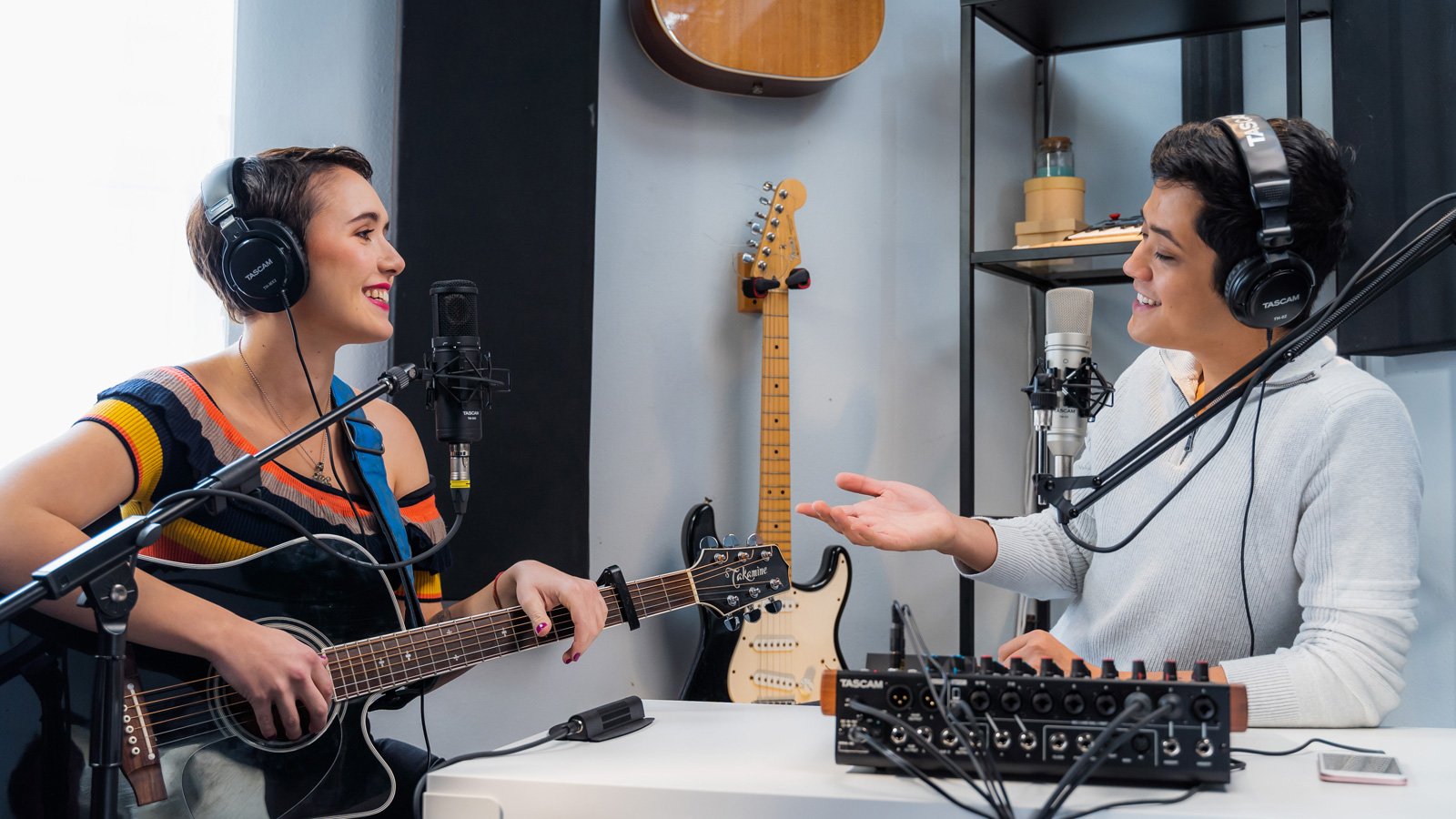
If you want to record audio on your computer or portable device with an external microphone, you have a lot of options. And the solution can be as simple as a single XLR to USB cable — but that may actually limit the quality of your recordings instead of enhance it, depending on what your production goals are. After all, if you want to connect a microphone to your computer to record vocals and produce music, you have some very different needs than an independent journalist that needs to record voice memos and narration in loud environments. But the thing we have in common is the need to connect a microphone’s XLR output to the USB port on our computer, smartphone, or tablet, so let’s take a look at solutions that allow you to do exactly that.
Some Fast Facts on Audio Interfaces
Anything that converts an analog audio signal (like a mic’s XLR output) to a digital signal your computer can use is an audio interface, simple as that. When you’re researching audio interfaces, you’ll see bit depth and resolution mentioned a lot, for example 16-bit/44.1kHz or 24-bit/96kHz. If you don’t understand those numbers, that’s okay: the important thing to remember is that 24-bit USB audio interfaces do generally record at a higher sound quality than 16-bit interfaces, but you don’t really need to worry about the resolution, or “kHz” number. Unless you already know that you have a specific production need (like extreme time stretching or pitch manipulation) that benefits from higher resolutions, you don’t need to worry if one interface sounds noticeably better than another just because one is 48kHz and the other is 96kHz. One more thing to keep in mind if you’re new to audio interfaces, is that you will need phantom power available if you want to use a condenser microphone (unless the mic has its own power supply). If you see a button labeled Phantom or +48V on the audio interface, you can use a condenser mic with it.
• Recording quality is expressed in bits and resolution, for example 24-bit/48kHz
• 24-bit audio interfaces will capture audio with greater fidelity and less noise compared to 16-bit interfaces
• Resolution makes a much more subtle difference, and should not be your determining factor in an interface unless you have very specific needs
• Any audio interface with an XLR input will work with dynamic microphones
• Audio interfaces that provide +48V phantom power can work with condenser mics too
XLR to USB Cable: It Doesn’t Get Any Simpler
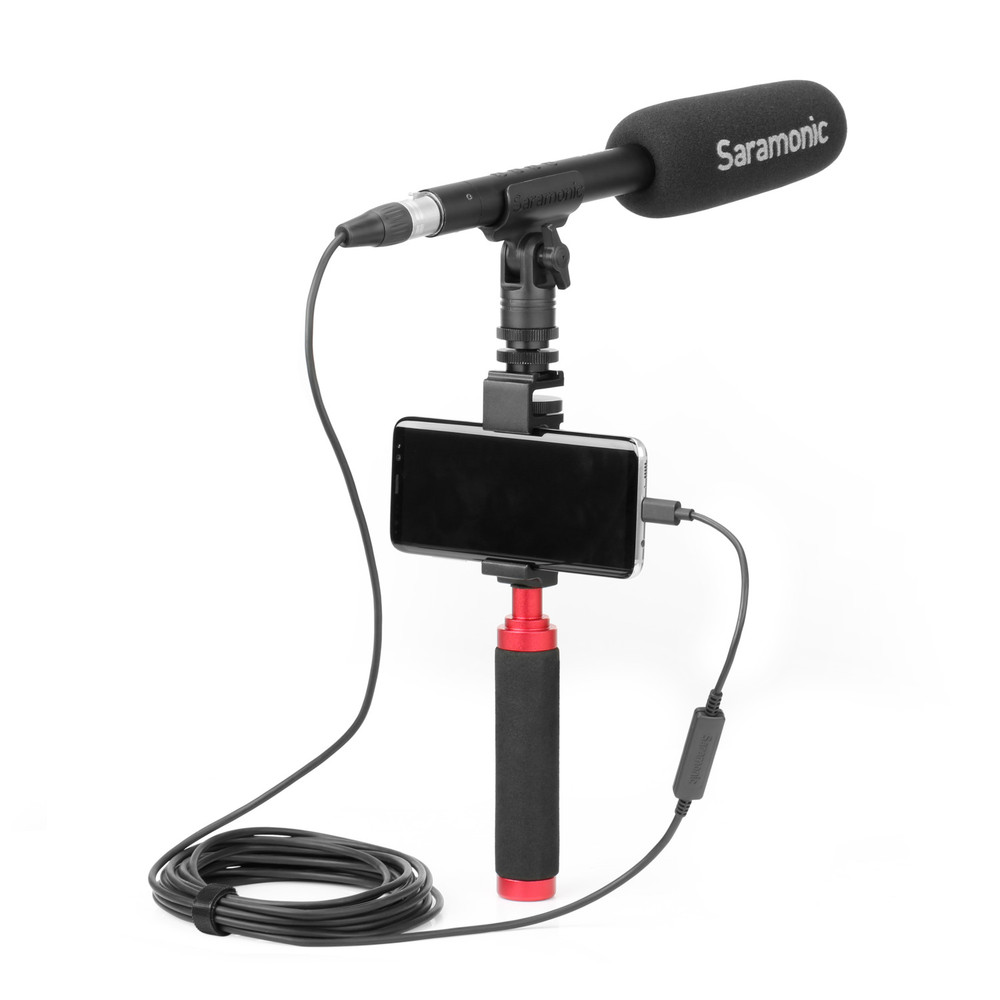
With an XLR to USB cable, all you need to record audio is a microphone, the cable, and your computer or smartphone. A simple XLR to USB cable will allow you to record better-quality audio than you can with your smartphone’s built-in mic, is easy to use, and doesn’t require a power supply or batteries. For USB-C equipped computers and portable devices, the Saramonic UTC-XLR. XLR to USB cable is the perfect solution for vlogging, TikTok creators, Zoom meetings and so on, with a generous 20-foot cable length so you don’t feel completely tethered to your smartphone or computer.
If you need an XLR to USB cable with a USB-A connection, the Roland RCC-10-USXL XLR to USB cable is a top choice with its respectable 10-foot cable length. Plug the cable to your mic’s XLR output, connect the USB to your computer or portable device, open your recording or streaming app, and you’re ready to go.
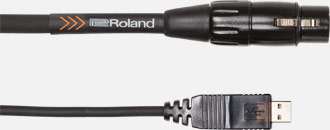
Both of these XLR to USB cables will get the job done in the simplest way possible, but they will definitely limit you if you’re producing music or creating content for broadcast. Even if you’re just getting started with music production or content creation, you’re going to want to be able to control your mic preamp gain to fine-tune audio levels, and you’ll likely need the ability to connect other sound sources besides microphones at some point. You will also need a solution for connecting headphones or studio monitor speakers, which means your needs will quickly grow beyond a single XLR to USB cable. If you anticipate your needs growing beyond a simple solution, read on to learn more about audio interfaces that will let you do more than just connect a microphone to your smartphone.
• An XLR to USB cable is the simplest way to connect a mic to your computer or smartphone
• Will work with any dynamic microphone, but likely won’t supply phantom power for condenser mics
• Probably will not offer any input gain controls to optimize recording levels
Desktop USB Audio Interface: Adapts to Your Needs
A desktop USB audio interface will offer you much greater control and better sound quality than a simple cable interface will provide, and that’s what you need if you’re going to be producing music or creating pro-quality content. And most desktop USB audio interfaces will be equipped with phantom power for condenser mics, allowing you to use a greater range of microphones throughout your productions. Compact USBinterfaces may only offer one or two mic inputs, while larger options support up to 16 or more inputs simultaneously. Most manufacturers introduce audio interfaces as a series of products, so if one catches your interest but you need more or less input channels, you can usually find another interface in that series that matches your needs better.

For a simple desktop USB audio interface that delivers pro-quality audio, the MOTU M2 USB audio interface stands out with its high-quality mic preamp and digital conversion, simple operation, and loopback channels for live streaming and podcast production. You’ll be able to record with any microphone you like, you’ll beable to record other sound sources like guitar, bass, synthesizers and DJ mixers, and you’ll have high-quality monitor outputs for headphones and speakers. And because it’s compact and can be bus powered, it’s a great mobile recording solution too.
• A desktop USB audio interface allows you to connect a variety of microphones or other sound sources like instruments
• Will offer much better sound quality and recording control than a single-cable interface
• Offers outputs for monitor speakers and headphones, making it a comprehensive solution for home studios
Mixing Board with USB: Classic Soundboard Experience

If you prefer a tactile, hands-on recording experience, you may prefer a mixing board equipped with a USB audio interface like the TASCAM Model 12. At its core, the Model 12 allows you to connect XLR microphones to your computer’s USB input. But with enough inputs to record a full band, and the ability to serve as a live sound mixer too, the Model 12 is a versatile solution for a variety of applications. It even operates as a standalone SD card recorder, allowing you to to leave your computer out of your workflow entirely until you’re ready to mix and process your audio. While it’s not the right solution for everybody, a hybrid mixing board/audio interface like the Model 12 is ideal for those looking for modern recording capability with the tactile workflow of a dedicated recording console.
• All the benefits of a desktop USB interface with the feel of a classic recording console
• Dedicated faders, knobs, and buttons encourage a hands-on workflow
• Can also be used as a live sound mixer independent of a computer, a versatile solution for live performers
Handheld Recorder with USB: 2-in-1 Solution
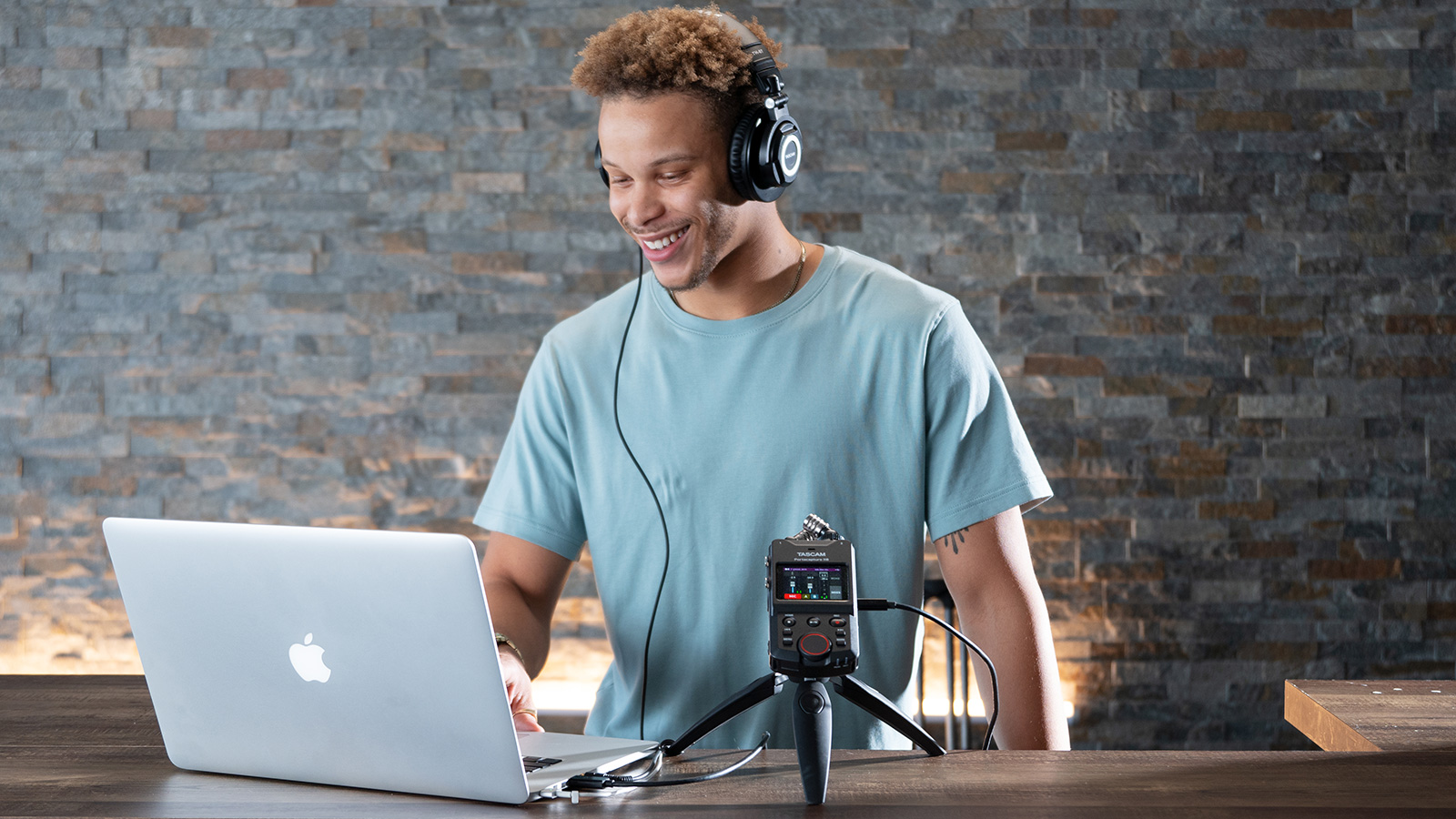
If you’ve been searching for an XLR to USB cable to connect a microphone to your smartphone, you may love the added flexibility a handheld recorder with a built-in USB interface can offer. A portable handheld recorder like the TASCAM Portacapture X6 can be a versatile recording tool for live streamers, independent journalists, videographers and musicians. With a handheld recorder/USB audio interface combo, you’re always ready to record at a moment’s notice with just a few button presses. Multiple XLR inputs allow you to connect a variety of microphones, and the built-in microphones sound great as well, often eliminating the need to connect an
external mic. The Portacapture X6 specifically offers pre-configured settings for field recording, narration, podcasting, and other popular applications, making it easy to set up and start capturing great audio quickly. And with its built-in USB audio interface, you can use it to record directly to your computer or portable device whenever you need to, either from the built-in mics or your own external mics. Basically, a handheld recorder/USB audio interface combo gives you all the functionality of a compact desktop USB audio interface, plus built-in mics and the ability to serve as a standalone recorder.
• Allows you to record high-quality audio anywhere, without connecting to your phone or computer
• Can also be connected via USB to record or stream audio to your device or computer, from the onboard
mics or your own mics via XLR
• Combines the convenience and reliability of a dedicated recording device with the flexibility a USB audio
interface offers
XLR to USB: There’s a Solution for Everyone
As you can see, connecting a microphone’s XLR output to a USB input can be as simple as a single cable, or as comprehensive as a studio-style mixing board. Hopefully you now have a much better idea of your available options, and your own recording goals should help you zero-in on the right solution. The reality is that many recording professionals, from music producers to videographers, will end up using a combination of these different solutions depending on the needs of their projects. By taking stock of your recording needs now, and also anticipating how your needs may change in the future, you’ll be in a better position to choose your next XLR to USB interface.


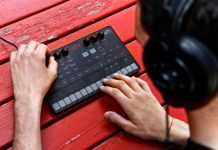
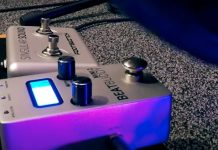
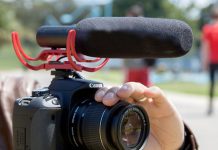




![5 Best Closed-Back Headphones [Reviews & Buyer’s Guide] Closed back headphones](https://homestudiohub.com/wp-content/uploads/2020/03/null-19-80x60.jpeg)



